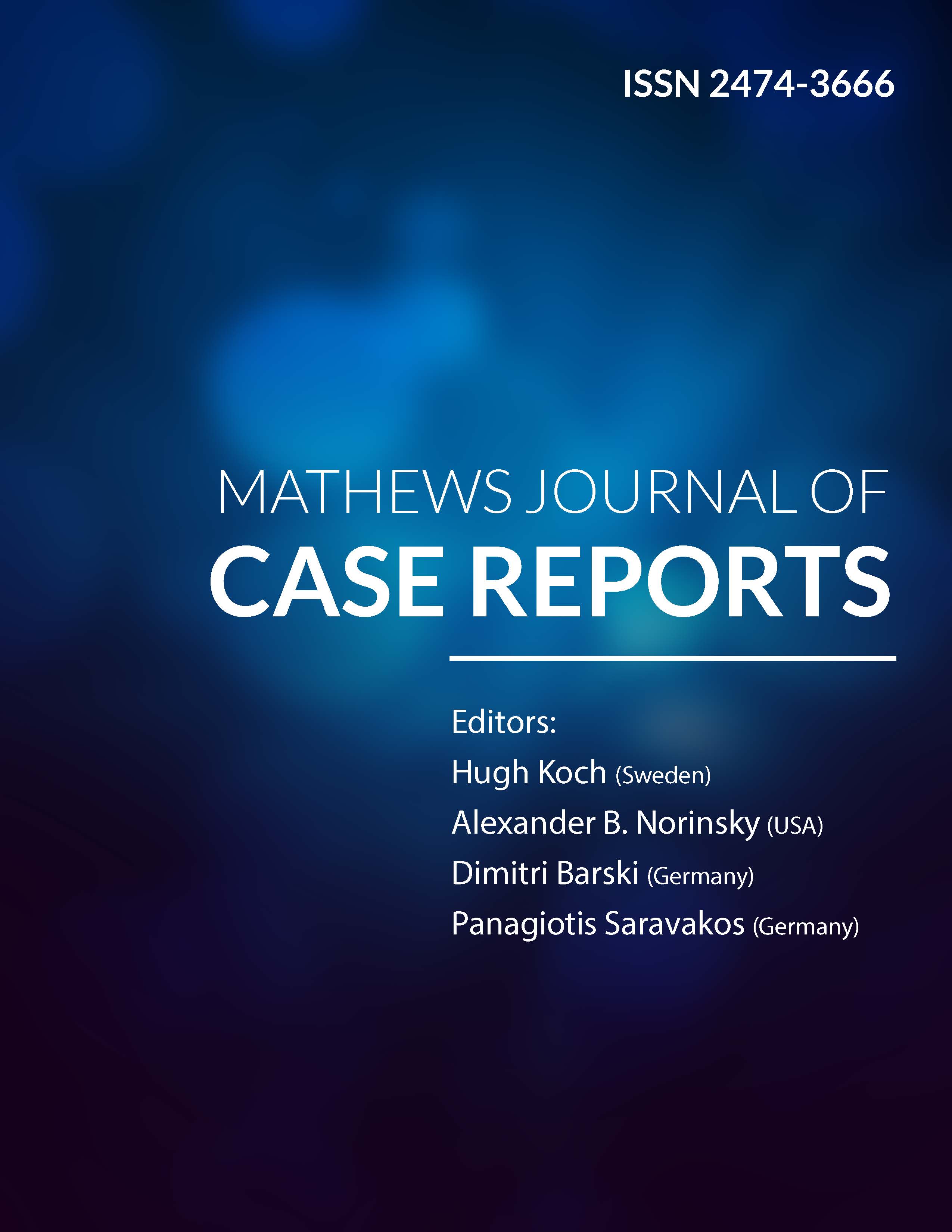
Information Links
Previous issues
Related Conferences
Previous Issues Volume 9, Issue 6 - 2024
Assessing Topical Phenytoin's Therapeutic Potential for Thermal Burn Regenerative Treatment
Nishant Visvas Dumont1, Ravi Kumar Chittoria2,*, Kanav Gupta3, Jacob Antony Chakiath4, Padmalakshmi Bharathi Mohan5
1BDS, Junior Resident, Department of Oral & Maxillofacial Surgery, MGPGIDS, Puducherry, India
2Professor & Registrar (Academic), Head of IT Wing and Telemedicine, Department of Plastic Surgery & Telemedicine, JIPMER, Pondicherry
3Senior Resident, Department of Plastic Surgery, JIPMER, Puducherry, India
4Senior Resident, Department of Plastic Surgery, JIPMER, Puducherry, India
5Assistant Professor, Department of Plastic Surgery, JIPMER, Puducherry, India
*Corresponding author: Dr. Ravi Kumar Chittoria, MCh, DNB, MNAMS, FRCS (Edin), FRCS(Glasgow), FAMS, FTSI, FRSM, FACS, DSc, PhD, MBA, Senior Professor and Associate Dean (Academic), Head of IT Wing and Telemedicine, Department of Plastic Surgery and Telemedicine, JIPMER, India, Tel: +0992-03355663661, Email: [email protected]
Received Date: June 03, 2024
Published Date: July 04, 2024
Citation: Chittoria RK, et al. (2024). Assessing Topical Phenytoin's Therapeutic Potential for Thermal Burn Regenerative Treatment. Mathews J Case Rep. 9(6):173.
Copyrights: Chittoria RK, et al. © (2024).
ABSTRACT
Thermal burn injuries represent a significant burden, particularly in developing nations, where they inflict both physical and psychological trauma. Early wound healing promotion is critical to mitigate associated complications. Phenytoin, readily available, is recognized for its potential to expedite wound healing. This study aims to evaluate the healing effects of topical phenytoin on second and third-degree burn wounds. This study was performed in an 82 year old male who suffered with thermal burns. He underwent topical application of intravenous phenytoin solution every three days. Data collection encompassed demographic information, tissue culture results, wound discharge volume, pain severity, granulation tissue appearance, and wound contraction. Predominantly, burn wounds were self-inflicted. Initially colonized with pathogenic bacteria, the wounds demonstrated no impediment to phenytoin-induced healing. Following 3-5 phenytoin sessions, wound discharge significantly decreased, along with notable pain alleviation reported by patients. Digital planimetry revealed progressive wound contraction in all cases. Conclusion: Our findings suggest that topical phenytoin application fosters progressive wound contraction, re-epithelialization, reduced discharge, and pain relief, culminating in expedited wound healing. Some cases also exhibited a bacteriostatic effect. Further controlled trials are warranted to corroborate these observations.
Keywords: Topical Phenytoin Therapy, Regenerative Therapy, Wound Management.